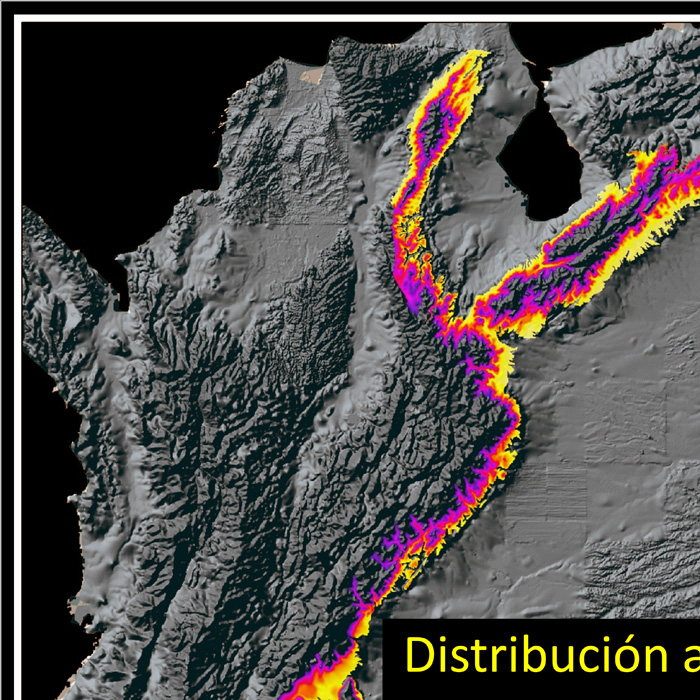The biologist, also a researcher at Texas Tech, explained his discovery in the UN Radio broadcast, UN Análisis. "This species was in the collection of the Natural Sciences Institute, from the Universidad Nacional de Colombia and, unlike the other eight Anoura species, described years ago, this one presents a noticeable difference in the skull and body."
The scientist affirmed that "the discovery arose due to the close relation I keep with the Universidad Nacional de Colombia: people at the Natural Sciences Institute are guardians of this knowledge, represented by these species that have been collected through years and with great efforts," pointed out the scientist.
"Knowledge from the Nature is fragmentary. As we add new data and references, we build a more elaborate comprehension. The specimen had been initially classified as Anoura geoffroyi, but after looking through the collection and completing the morphologic analysis, I found that these bats were different from other populations in Colombia and other tropical countries."
The genre Anoura, which corresponds to certain types of tail"less bats, initially was discovered in Brazil. Among this species there are those that feed themselves with nectar.
They are well represented, "even if within mammals it is a particular strategy," explained the scientist.
Mantilla"Meluk affirmed that the discovered bat was an endangered species due to global warming, because it is estimated that high mountain ecosystems will be highly affected in one hundred years, and, as a consequence, this species too.
The biologist says that he"s been working with bats for 15 years. "When I was a student at the Universidad Nacional de Colombia, I worked with primates in Amazonia, but one day, in the Natural Sciences Museum, I opened a drawer at the mammal collection and was fascinated by the variety that I found there. Thus my research work began."
Sedes
 Correo Electrónico
Correo Electrónico
 DNINFOA - SIA
DNINFOA - SIA
 Bibliotecas
Bibliotecas
 Convocatorias
Convocatorias
 Identidad UNAL
Identidad UNAL




